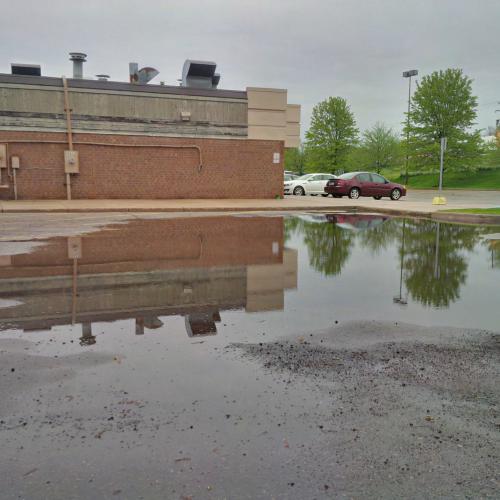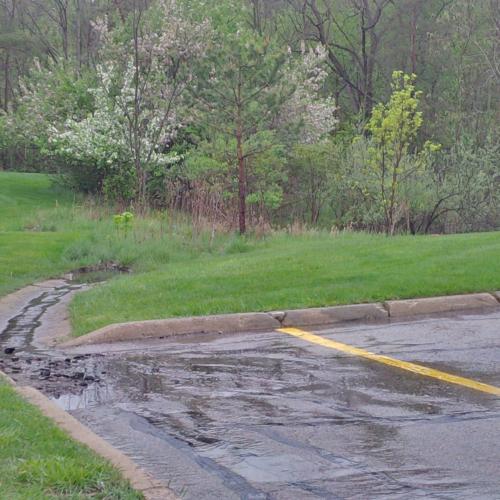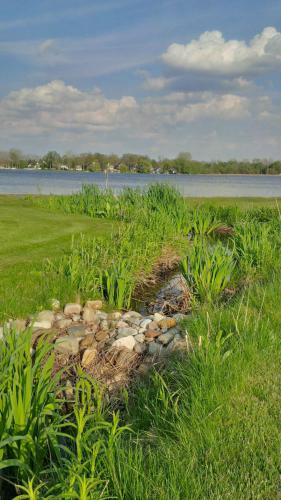Two questions to diagnose a standing water problem
With heavier rains, water may pool around buildings and cause serious damage. Ask yourself the two things to zero in on how to address the problem.
Water can wreak havoc when there’s too much in the wrong places and getting it away from structures quickly is essential to protecting the value of your property. What follows is a simple guide developed by Michigan State University Extension to solving common problems with water around buildings.
Approach your drainage problem by asking: 1) Where is the water coming from? 2) Where is the water going to?
During a rainstorm, go to the spot with the problem puddle. Look to see where the water is coming from. Is it rolling off the roof in sheets? You may have clogged (or missing) gutters. Is it rolling off of a driveway or other flat, hard surface? Areas that don’t allow the water to soak into the ground means that after a lot of rain, too much water will collect on the ground that can’t drain it fast enough.

Water pools at this low area of a large parking lot. Photo credit: Monica Day
Second, walk around the puddle while it is raining see where it is flowing to. If it is not going anywhere, you might need to wait for a heavier rain to see where it goes to, or it might simply be pooling and not draining off at all. For example, maybe your water is backing up because of a storm drain, tile, ditch or culvert that is clogged or broken. If standing water is not a sudden problem, it may be inadequate drainage to begin with.
If cleaning the gutters or clearing a clog won’t solve the problem, you will be looking at an investment in a drainage structure to protect your property. Water is one of the most destructive elements to buildings because decay occurs much faster where water is present. In addition to property damage, mold and mosquitoes, which both proliferate around water can cause health problems too.
During a spring rainstorm water flows off the parking lot and into a detention basin. Photo credit: Monica Day
Many popular drainage solutions add interest, beauty while at the same time doing something good for water resources. While protecting your structure you can also prepare for future water needs in the face of uncertainty. Whether the summer brings drought, heat or floods, rain barrels, rain gardens, cisterns, and bioswales, are practical options. Rain barrels and cisterns capture fresh water from roofs for later use for activities like washing vehicles, driveways or irrigating. Rain gardens and bioswales add beauty and attract beneficial wildlife with native plants while also giving water a place to settle and drain. 
This bioswale at Lake Lansing Park helps to clean the pollutants in runoff. Photo credit: Monica Day
For significant amounts of water constructed wetlands or detention ponds may fit your needs. With increasing intensity of rainfall events and the concerns with maintaining freshwater quality, if a property improvement project is in on property maintenance list now is a great time to invest in a little extra for lasting benefits for everyone. Visit Michigan State University to see demonstrations of sustainable stormwater management practices in person.



 Print
Print Email
Email




